4.6 /10 1 Votes4.6
5.4/10 Letterboxd Distributed by "State Rights" Director William A. O'Connor | 3.8/10 IMDb Produced by Willis Kent Initial release December 1935 Producer Willis Kent Cinematography Jack Greenhalgh | |||||||||||||||||||||||||||||||||
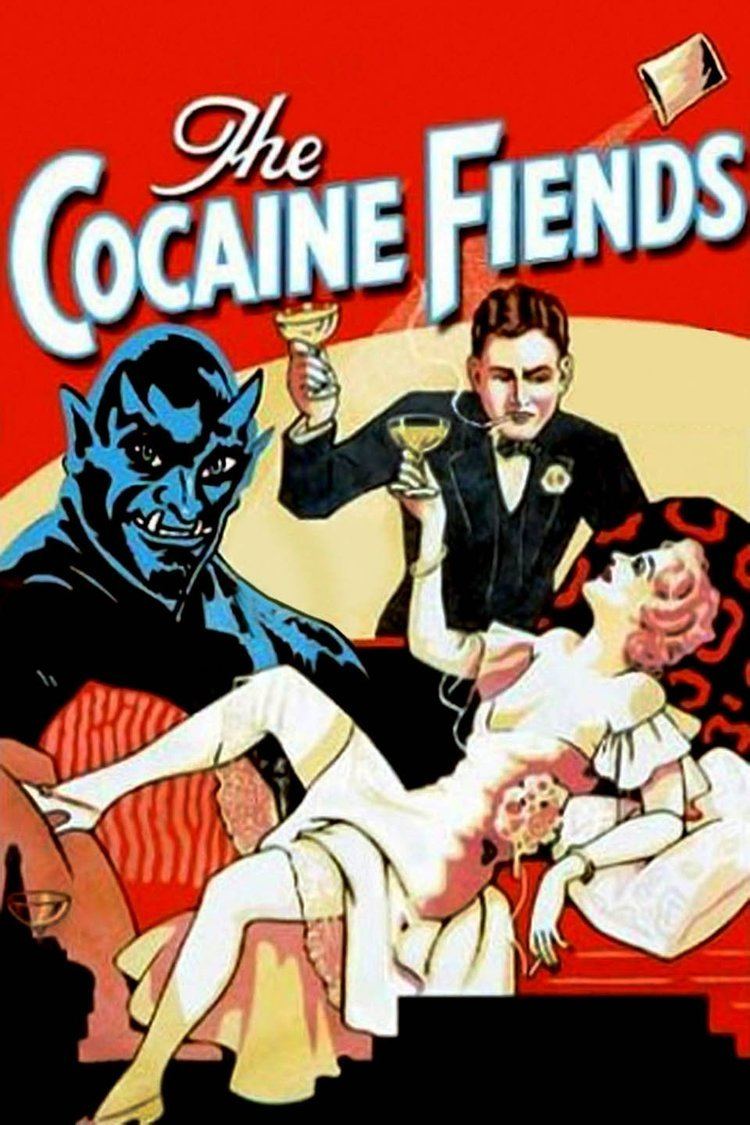 | ||||||||||||||||||||||||||||||||||
Directed by Norton S. ParkerWilliam A. O'Connor (credited as Wm. A. O'Connor) Productioncompany Willis Kent Productions Cast Similar Marihuana, Fiend of Dope Island, Fast and Furious, Stakeout on Dope Street, The Monster Walks | ||||||||||||||||||||||||||||||||||
The Pace That Kills (also known as Cocaine Madness and The Cocaine Fiends) is a 1935 American exploitation film directed by William O'Connor. The film, starring Lois January, told the story of a woman called Jane Bradford, who gets involved with a drug dealer and becomes addicted to cocaine. Similar to other movies of the genre, the final film was a reissued work with additional scenes, mostly using footage from the earlier silent The Pace That Kills (1928).
Contents
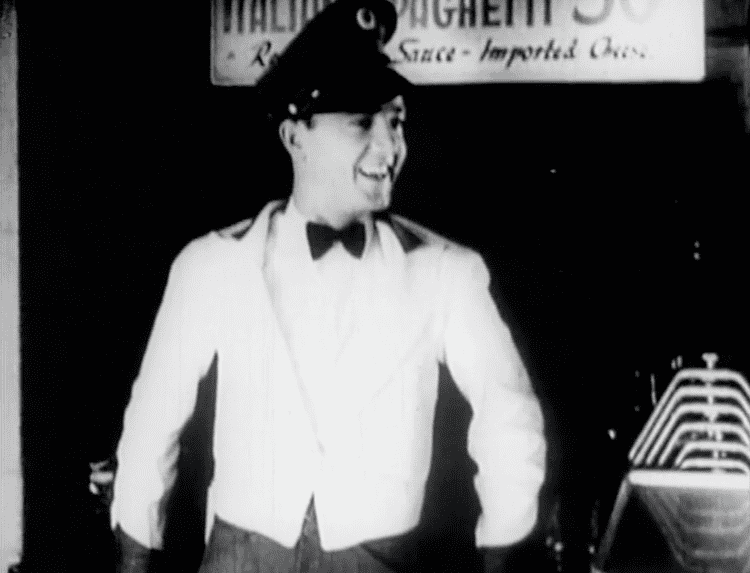
Plot
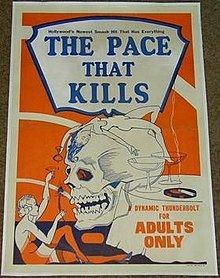
Small town girl Jane Bradford (Lois January) falls for Nick (Noel Madison), a guy from the big city who offers her the opportunity to get away from her small town life. He also offers her "headache powder", although she is unaware that the powder is cocaine and that Nick is a drug dealer. By the time they get to the city, she is hooked on her new medicine. Jane's brother, Eddie (Dean Benton), goes to the city to look for his sister, who has not kept in touch with her family.
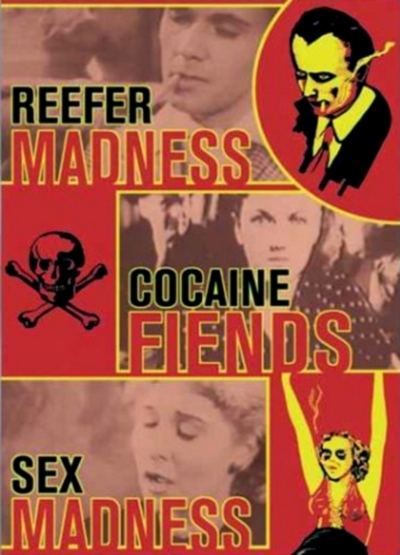
Eddie gets a job as a carhop at a drive-in and is befriended by a drive-in's waitress named Fanny (Sheila Bromley). Fanny is one of Nick's customers, and Fanny soon gets Eddie hooked on the headache powder. Due to this vice, Eddie and Fanny's life soon goes downhill. They're both fired from their jobs and are unable to find other work in their drugged state. On the periphery of both Eddie and Jane's life is Dorothy Farley (Lois Lindsay), a customer at the drive-in. Dorothy, dating Dan, comes from a wealthy family and she throws her money around easily. She's willing to assist financially those in need.
Production
Typical of the other films that Willis Kent produced during the 1920s, 1930s and 1940s was a string of low-budget westerns and exploitation films, thinly disguised as cautionary tales. The plot also dealt with amorality and prostitution. Production began November 9, 1935.
Soundtrack
Reception
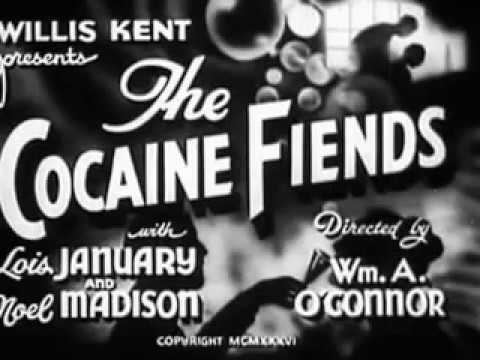
The Pace That Kills was released without a Code seal from the Motion Picture Producers and Distributors of America (MPPDA) and distributed via "State Rights" where local sales agents would then sell rights to individual theaters. The theater operators would then play the film as often as they desired in an attempt to make as much profit as possible. The Pace That Kills was re-issued in 1937 as The Cocaine Fiends.
Re-use of footage
Footage from the film, including the song "All I Want Is You," was re-used in Confessions of a Vice Baron (1943).
